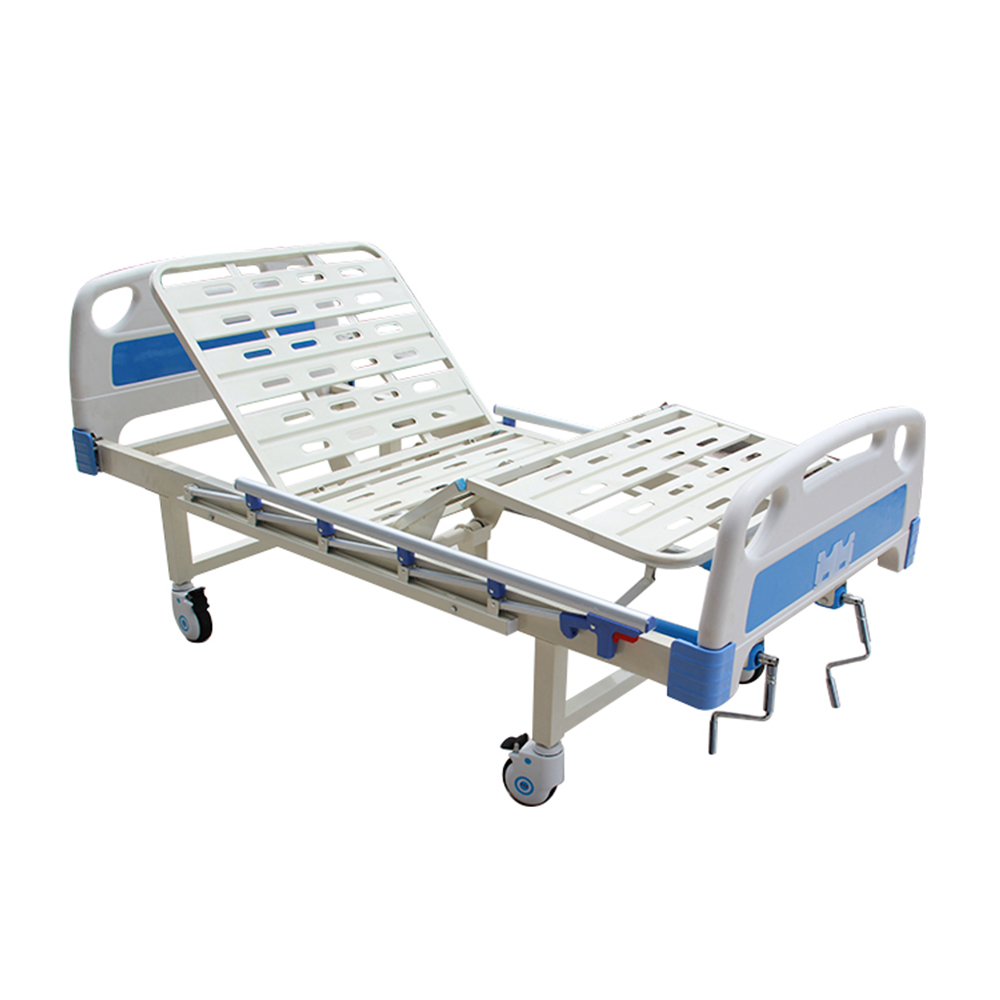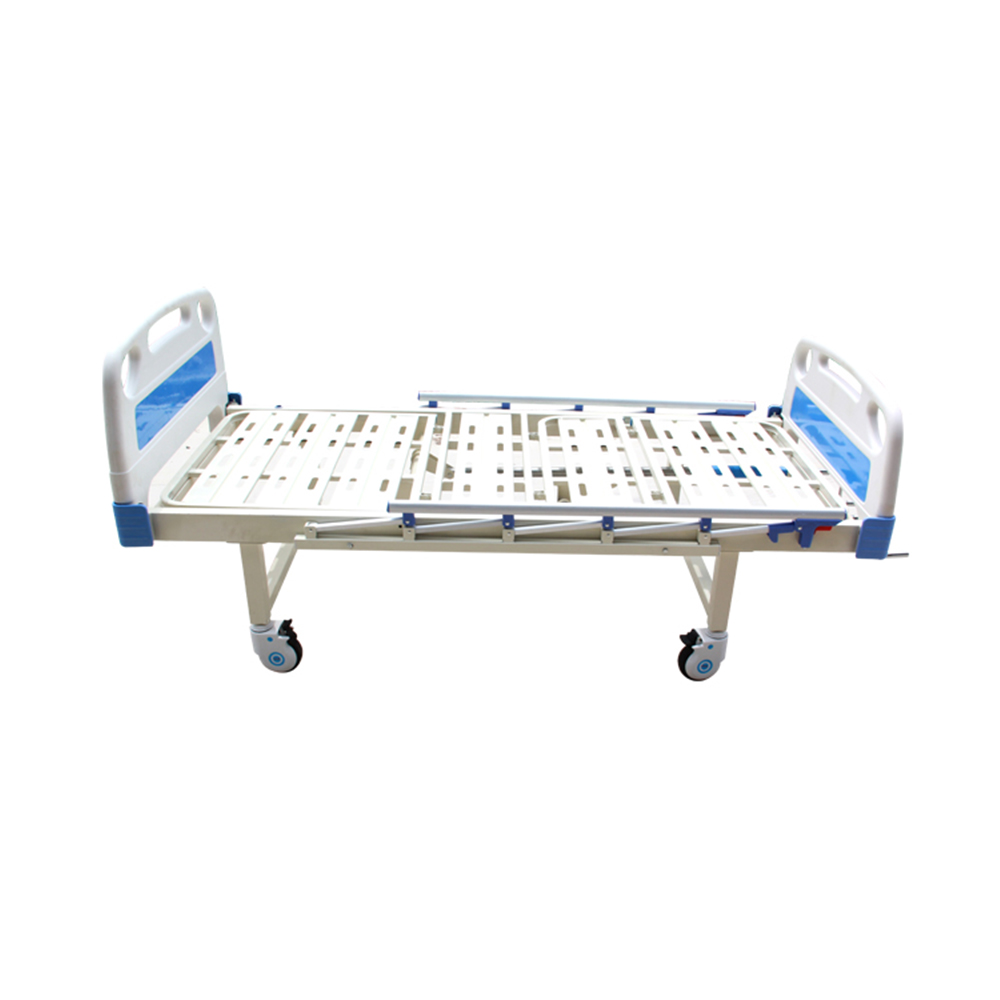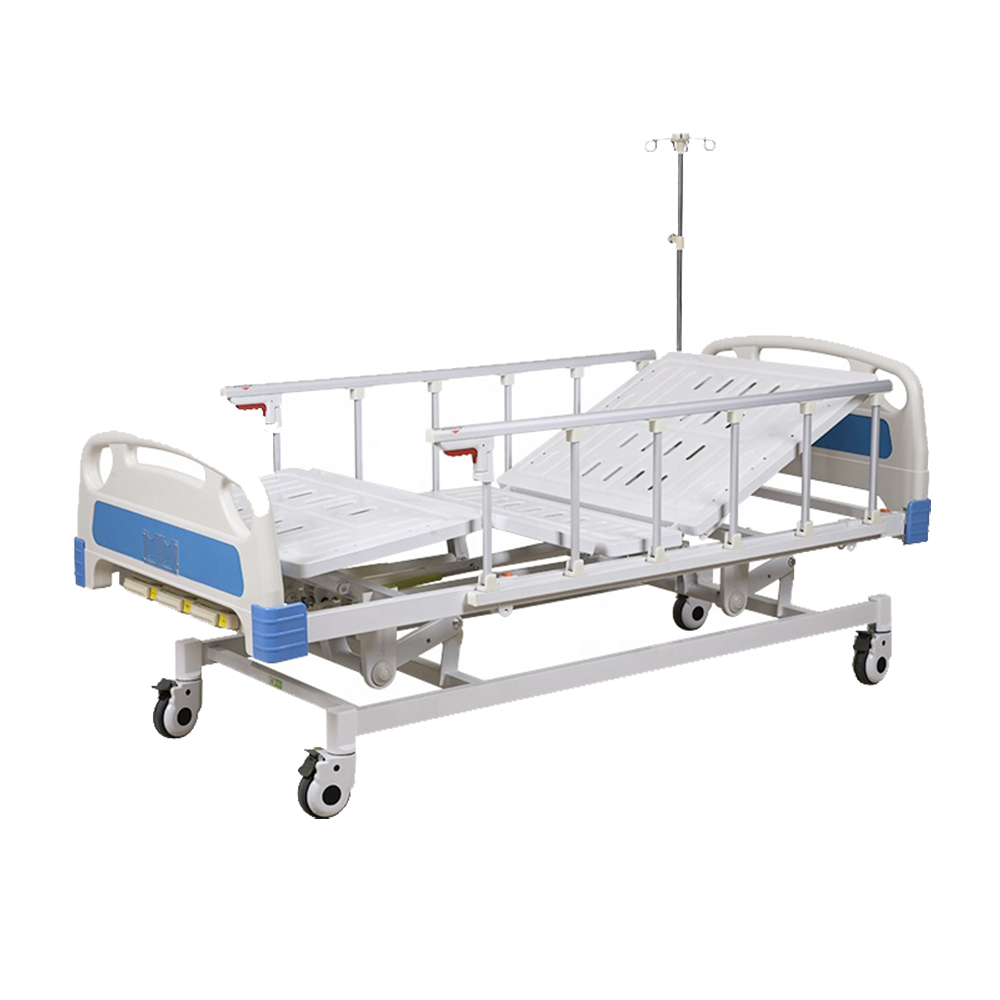How to Fertilize Vegetables in Protected Field
Vegetables are economic crops that have a short growth cycle, a high multiple cropping index, rich nutrition, and a large amount of fertilizers, and are particularly stringent in terms of yield, quality and hygiene requirements. Fertilization of vegetables is an important measure for the production of vegetables, which directly affects the yield and quality of vegetables, thereby affecting human health and soil environmental conditions. The production of vegetables in protected areas, due to the formation of a unique environment for the protection facilities, has caused fundamental changes in the environmental conditions, fertilization conditions and soil conditions of vegetable production. If there are no corresponding supporting measures, especially fertilization techniques, Deteriorating the soil condition has an adverse effect on vegetable production. In the long-term production practice and research on fertilization of vegetables, the vast number of vegetable farmers in China have summarized many experience in fertilization for protected areas. Summarized it can be divided into vegetable fertilization, environmental fertilization, fertilizer fertility, fertilization according to cultivation methods, and vegetables. Nutrient parameters formula fertilization five kinds. 1. See vegetable fertilization There are many kinds of vegetable crops, and the products include different parts such as roots, stems, leaves, flowers and fruits. Different vegetable crops have different requirements for various nutrient elements. For fruits and vegetables grown on large areas in protected areas, the fruits on the market are fruits. In addition to the necessary nitrogen fertilizers, phosphorus and potassium fertilizers should be appropriately increased, and special attention should be paid to the use of organic fertilizers. Organic fertilizers can be used as base fertilizers. Incorporate a certain amount of superphosphate. At the time of colonization, some fine organic fertilizers are applied after the seedlings are stabilized and the seedlings are slowly grown. The edible parts of leafy vegetables are mainly leaves, and the application of nitrogen fertilizer can promote the growth of vegetative bodies, thus requiring more nitrogen fertilizer. Because bean-based vegetables can fix nitrogen in the air by nitrogen-fixing bacteria, nitrogen fertilizer is rarely applied during the cultivation process. Different kinds of vegetables have different requirements for nutrient elements during different growth periods. Fruit vegetables, in the late vegetative growth, flower buds began to differentiate, at this time the absorption of fertilizer is not large, but requires a lot of nutrients, so the nursery culture soil using more physicochemical properties of the loam, to lay a good foundation for the cultivation of strong seedlings. During fruit enlargement, nitrogen absorption accounted for 10% of total absorption, phosphorus accounted for 17%, and potassium accounted for 5%. By the time of harvest, nitrogen accounted for 50% and potassium accounted for 40%, so special attention should be paid to the period of fruit enlargement. Fertilization. For leafy vegetables, in addition to organic fertilizers as the base fertilizer application, topdressing nitrogen fertilizers should also be applied. 2. Look at environmental fertilization Illumination is an essential condition for photosynthesis of vegetables. Photosynthesis and transportation of photosynthetic products are closely related to mineral nutrition. At the same time, light is also the main source of heat for production in protected areas. Light is good, can maintain the proper temperature conditions in the protected area, promote plant growth, it requires the supply of more fertilizer. In poor light and rainy days, vegetable growing techniques are generally not suitable for fertilization. Both the gas concentration and the composition have a great influence on the growth of vegetables. The facilities in the protected areas are basically in a closed state, and the ability to exchange gas with the outside is poor, and the concentration of gases tends to increase due to the volatilization of fertilizers, causing damage to vegetables. Therefore, there should be less fertilizer, try not to apply volatile fertilizers, and the amount of fertilizer should also be reduced. Ventilation should be performed promptly after fertilization. Humidity is mainly regulated by irrigation and ventilation. When the soil moisture is suitable, the microbial activity is frequent, which can accelerate the decomposition and transformation of nutrients and increase the fertility effect. When the soil is dry, it should not be fertilized. Generally, it should be watered after fertilization to reduce the soil concentration and promote the absorption of vegetables. 3. See fertilizer and fertilizer Fertilizing in protected areas often uses a combination of organic and inorganic fertilizers. Organic fertilizers are used as base fertilizers; inorganic fertilizers are mostly used as top dressings. There are also some fine organic fertilizers (such as cakes) that can be applied to the vegetable roots during the vegetable growing period. The soil is then watered to meet the rapid growth of the plants. Applying more organic fertilizer can also increase the carbon dioxide concentration in the protected area and increase the photosynthetic capacity of the crop. However, whether organic fertilizer is used as base fertilizer or top dressing, it must be fully decomposed before application. In addition to soil application, chemical fertilizers can also be used for top dressing. Outside the root dressing materials, requiring quality pure, easy to produce fertilizer damage. Urea, potassium dihydrogen phosphate, etc. are used in a large number of vegetables on protected areas. Trace minerals are mostly produced by the method of applying fertilizers outside the roots, and boron fertilizers, zinc fertilizers, etc. are used more often. 4. Fertilization by cultivation Due to the frequent contradiction between the seasonality of vegetable production and the balance of supply, vegetable growers often use seasonal crops, plastic greenhouses, solar greenhouses, and mulching and other forms of cultivation in order to enable the annual supply of vegetables to the market and increase land use efficiency. Intercropping and interplanting methods are used for vegetable production. Therefore, although the same kind of vegetables are sometimes planted, the difference in the amount of fertilizer varies greatly depending on the cultivation method. 5. Formulated fertilization According to the fertilizer requirement of vegetable crops, the fertilizer supply performance of soil, the characteristics of fertilizer varieties, the climate and environmental conditions of the growth of vegetable crops, reasonably arrange the amount of fertilizer, species structure, determine the appropriate fertilization method, in order to obtain the best economic output, maintain The original taste of the vegetables and the orderliness and appearance of the external shape do not have a negative effect on the growing environment of the vegetables. Although China has made great progress in the study of the formulation and fertilization of vegetables in recent years, the research on the fertilization of vegetables has not been uniformly arranged, and many of them are repeated at the same level. Moreover, scientific research results have not been timely and properly applied. Therefore, various parties are required to work together to apply advanced and practical formula fertilization techniques to production in order to ensure the improvement of fertilizer application technology. SHANGHAI ROCATTI BIOTECHNOLOGY Co., Ltd is a leading exporter and supplier of medical equipment in China. We are not only manufacturer of medical equipment but also we are professional on providing one-stop solution of hospital project, clinic project, Education University, laboratory, government tender as well as distributors. With more than 10 years of experience, our products have been exported to more than 100 countries and have obtained good reputations because of our competitive price, high quality products and excellent service. Hospital Bed,Hospital Bed Automatic,Abs Hospital Bed,Manual Hospital Bed With Wheels Shanghai Rocatti Biotechnology Co.,Ltd , https://www.ljdmedical.com



